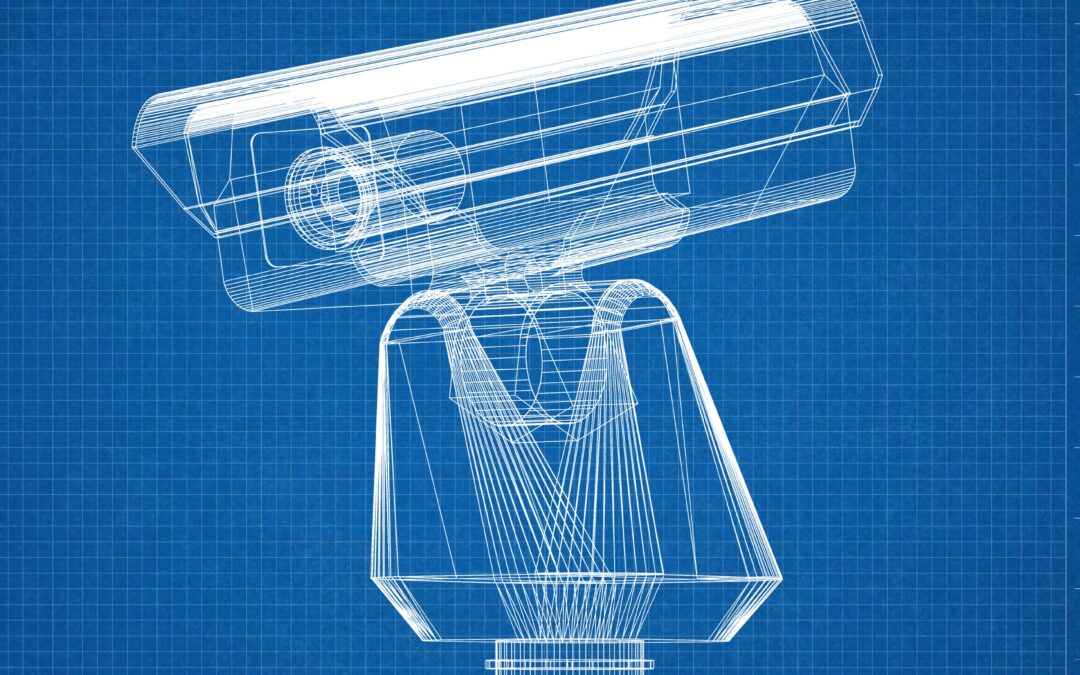Artificial intelligence (AI) is a rapidly growing technology that is revolutionizing the security industry. With the ability to analyze data faster and more accurately than humans, AI is transforming smart surveillance systems and improving security measures. In this article, we will explore the impact of AI on smart surveillance and security and the benefits it brings to businesses.
AI in Smart Surveillance
Smart surveillance systems have been around for a while, but they are becoming more sophisticated thanks to AI. AI-powered cameras can detect and analyze suspicious behavior, such as loitering, intrusion, and theft. They can also recognize faces and license plates, and even detect weapons. This technology allows for a more efficient and effective monitoring system, reducing the need for human intervention.
One of the most significant benefits of AI in smart surveillance is its ability to learn and adapt. AI algorithms can analyze large amounts of data, and through machine learning, they can improve their accuracy over time. For example, if an AI-powered camera incorrectly identifies a person as a threat, the system can learn from this mistake and adjust its behavior in the future. This ensures that the system becomes more accurate and effective with every use.
AI in Security
AI is also transforming the security industry in other ways. It can analyze data from various sources, such as social media and news articles, to identify potential threats. AI can also monitor network traffic and identify anomalies that may indicate a security breach. This technology allows security teams to identify threats and respond to them quickly, reducing the risk of a security incident.
AI-powered security systems can also help with risk assessment. By analyzing data from various sources, the system can identify potential risks and provide recommendations on how to mitigate them. This technology allows businesses to proactively manage security risks, reducing the likelihood of a security incident and the potential impact it may have.
Benefits of AI in Smart Surveillance and Security
The benefits of AI in smart surveillance and security are significant. They include:
- Improved Accuracy: AI-powered systems can analyze data more accurately and efficiently than humans, reducing the risk of false positives or negatives.
- Increased Efficiency: AI-powered systems can monitor large areas and analyze large amounts of data quickly, reducing the need for human intervention.
- Proactive Risk Management: AI-powered systems can identify potential risks and provide recommendations on how to mitigate them, allowing businesses to proactively manage security risks.
- Enhanced Response Times: AI-powered systems can detect threats and respond to them quickly, reducing the risk of a security incident.
- Scalability: AI-powered systems can scale to meet the needs of businesses of all sizes, making it a flexible and adaptable technology.
How to Implement AI in Smart Surveillance and Security
Implementing AI in smart surveillance and security requires careful planning and consideration. Here are some key steps to follow:
- Define Objectives: Determine what you want to achieve with AI in smart surveillance and security. This will help you identify the most appropriate technology and approach.
- Conduct a Needs Assessment: Assess your current smart surveillance and security systems to identify gaps and areas for improvement.
- Choose the Right Technology: Choose the technology that best suits your needs and objectives. Consider factors such as scalability, cost, and compatibility with your existing systems.
- Develop a Plan: Develop a plan for implementing the technology, including timelines, budgets, and resource requirements.
- Test and Refine: Test the technology in a controlled environment and refine it as necessary to ensure it meets your needs and objectives.
Conclusion
As the development and deployment of AI continue to grow in the field of smart surveillance and security, it is important to consider the potential impact on the industry. While there are certainly benefits to using AI in these applications, there are also potential drawbacks and concerns that must be addressed.
One of the biggest benefits of AI in smart surveillance and security is its ability to automate tasks and improve accuracy. For example, AI-powered cameras can analyze footage in real-time and alert security personnel to potential threats. This can significantly reduce response times and improve overall security.
Another benefit of AI is its ability to learn and adapt over time. By analyzing patterns and data, AI algorithms can improve their accuracy and effectiveness in detecting potential security threats. This can lead to more efficient and effective surveillance and security measures.
However, there are also potential drawbacks and concerns when it comes to using AI in these applications. One concern is the potential for bias in AI algorithms. If these algorithms are trained on biased data sets, they may produce biased results that could lead to unfair or discriminatory surveillance practices.
Another concern is the potential for AI-powered surveillance to infringe on individuals’ privacy rights. As AI becomes more advanced and capable, it may become easier for companies and governments to collect and analyze large amounts of data on individuals without their knowledge or consent.
To address these concerns, it is important to develop and deploy AI in a responsible and ethical manner. This includes ensuring that AI algorithms are trained on diverse and representative data sets, and that individuals’ privacy rights are respected and protected.
Overall, the impact of AI on smart surveillance and security is likely to be significant in the coming years. As this technology continues to develop and evolve, it will be important to balance the potential benefits with the potential risks and concerns.
